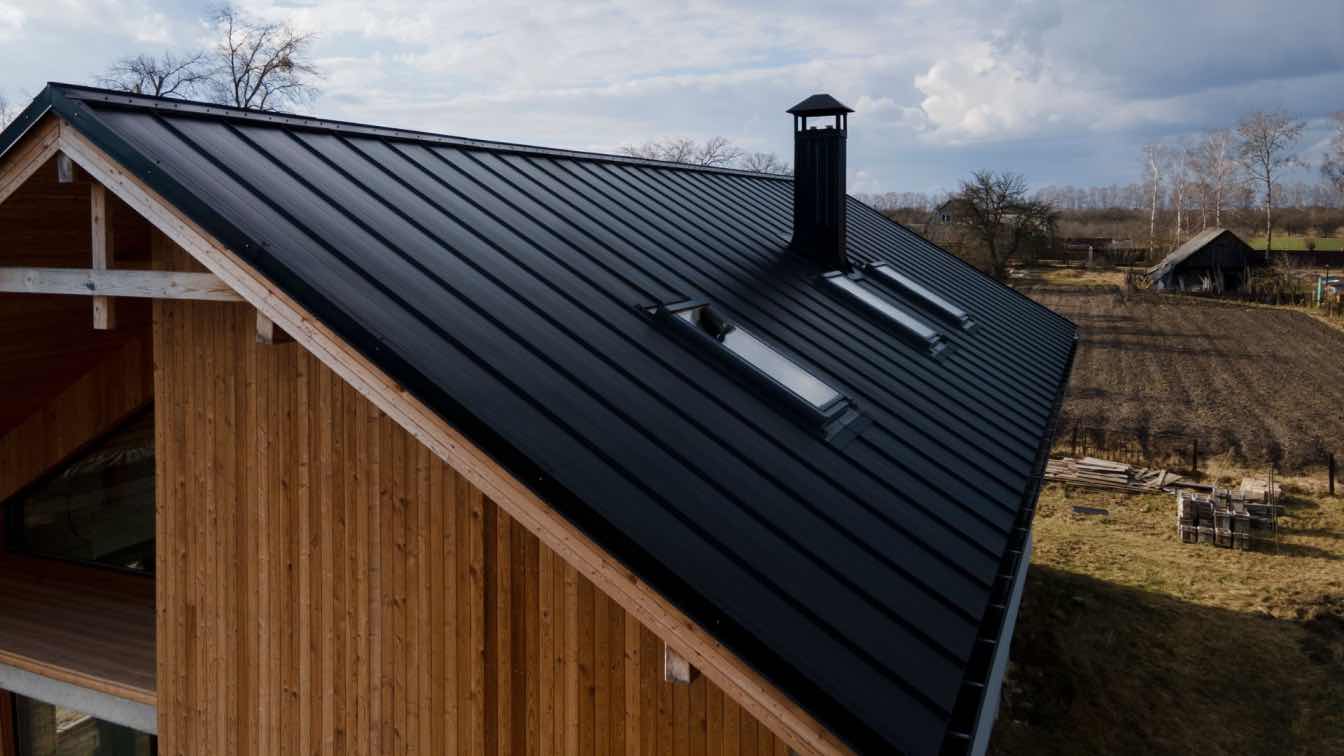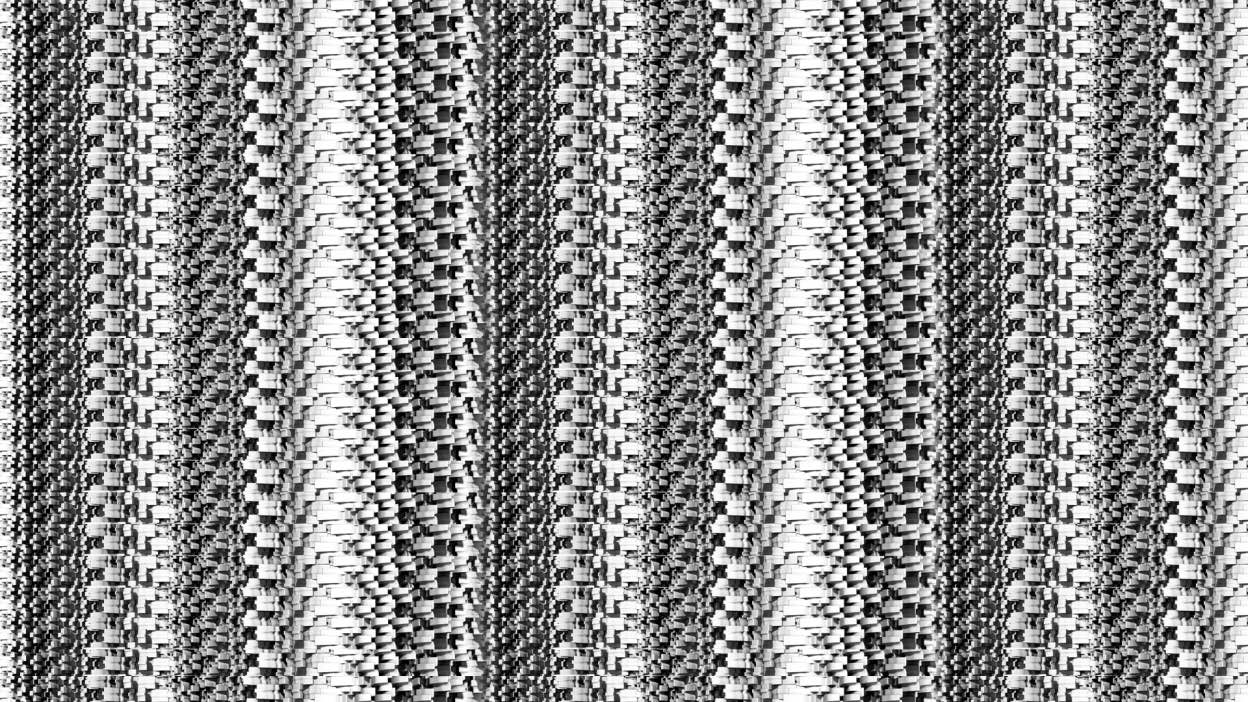The architecture of a home is like a canvas, with each element contributing to the overall aesthetic and personality. Among these elements, the roof stands out as not just a protective covering but also a defining feature that greatly influences the character of a home. From its shape and materials to its color and texture, the roof plays a pivotal role in shaping the architectural style and visual appeal of a house. In this exploration, we delve into the multifaceted ways in which the roof impacts the character of your home's architecture, from classic to contemporary designs.
The Influence of Roof Shape on Architectural Style
The shape of the roof is arguably the most noticeable aspect of a home's architecture. Different roof shapes evoke distinct architectural styles and contribute to the overall character of a building. For instance, a steeply pitched gable roof is synonymous with traditional and colonial-style homes, exuding a sense of charm and timeless elegance. On the other hand, a flat roof lends itself to modern and minimalist designs, creating clean lines and a sleek appearance. Mansard roofs, with their double slopes and dormer windows, are often associated with French-inspired architecture, adding a touch of sophistication to the exterior. Each roof shape brings its own unique character to the architectural tableau, influencing how the home is perceived and experienced by both residents and passersby.
The Role of Roof Materials in Architectural Expression
Beyond shape, the materials used for roofing also contribute significantly to the character of a home's architecture. Whether it's the rustic warmth of cedar shakes, the timeless elegance of slate tiles, or the sleek modernity of metal panels, the choice of roofing materials can make a profound impact on the overall aesthetic of a house. For example, a thatched roof instantly evokes images of quaint cottages nestled in the countryside, while a terracotta tile roof transports us to Mediterranean villas bathed in sunlight. The texture, color, and durability of roofing materials all play a part in defining the architectural style and personality of a home, reflecting the preferences and values of its inhabitants.
The Aesthetic Harmony Between Roof and Exterior Elements
In addition to its characteristics, the roof must harmonize with other exterior elements of the home to create a cohesive architectural statement. The color palette, texture, and architectural details of the roof should complement those of the walls, windows, and façade, enhancing the overall visual appeal of the property. For instance, a red brick house with a slate roof exudes a sense of classic elegance, while a stucco-clad home paired with a terracotta tile roof exudes Mediterranean charm. Attention to detail in the design and execution of tailored Murfreesboro roofing solutions ensures that the roof seamlessly integrates with the rest of the architectural ensemble. This way, the curb appeal is enhanced and the value of the property is increased.
Roof Design and Environmental Considerations
Beyond aesthetics, the design of the roof also plays a crucial role in addressing environmental considerations and improving the sustainability of a home. Factors such as insulation, ventilation, and solar orientation are integral to maximizing energy efficiency and reducing environmental impact. Green roofs, for example, not only provide natural insulation and stormwater management but also contribute to biodiversity and urban green space. Similarly, the installation of solar panels on the roof can harness renewable energy resources and reduce reliance on traditional power sources. By incorporating eco-friendly design principles into the roof structure, homeowners can minimize their carbon footprint while enhancing the long-term resilience and sustainability of their property.
Roofing Trends and Innovations in Contemporary Architecture
As architectural styles evolve and technological advancements continue to reshape the building industry, roofing trends and innovations are constantly emerging to meet the demands of modern homeowners. From sustainable roofing materials to innovative roof designs, contemporary architecture is embracing new possibilities for aesthetic expression and environmental stewardship. Living roofs, for instance, blur the boundary between architecture and nature, transforming the roof into a vibrant ecosystem that enhances biodiversity and mitigates urban heat island effects. Likewise, the integration of smart technology into roofing systems allows for greater control and efficiency in managing energy consumption and environmental impact. By staying abreast of the latest roofing trends and innovations, homeowners can infuse their properties with cutting-edge style and functionality, while also contributing to a more sustainable built environment.
Preserving Architectural Heritage Through Roof Restoration and Preservation
In the realm of historic preservation, the roof plays a pivotal role in maintaining the integrity and authenticity of architectural heritage. As older buildings are restored and renovated, careful attention must be paid to preserving the original roof materials, design, and craftsmanship. Whether it's repairing damaged slate tiles on a Victorian-era mansion or recreating the intricate details of a Gothic Revival steep roof, skilled craftsmen and preservationists are tasked with safeguarding the unique character and charm of historic properties. Through meticulous restoration and preservation efforts, the roof becomes not just a functional component but a symbol of cultural heritage and architectural legacy, enriching the built environment for generations to come.
In conclusion, the roof is far more than just a practical covering for shelter—it is a defining feature that shapes the character and identity of a home's architecture. From its shape and materials to its integration with other exterior elements, the roof contributes to the overall aesthetic, functionality, and sustainability of the property. Whether it's a traditional gable roof, a contemporary flat roof, or an innovative green roof, the design and execution of tailored roofing solutions are essential in creating a harmonious and enduring architectural statement. By understanding the profound impact of the roof on the character of a home, homeowners and architects alike can unleash the full potential of architectural expression while honoring the rich legacy of the built environment.





